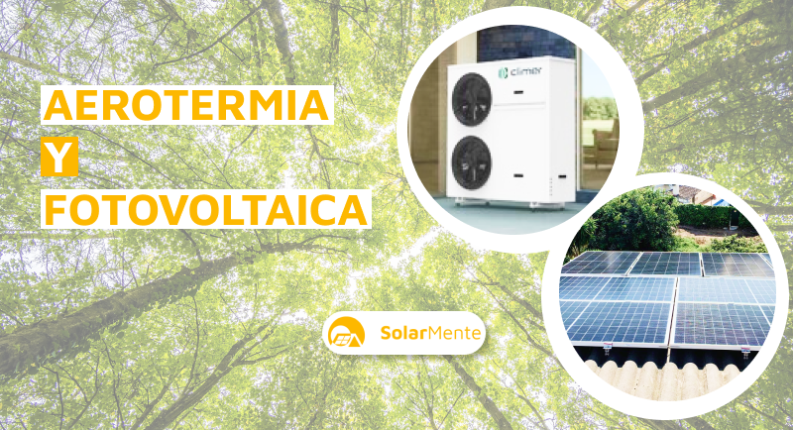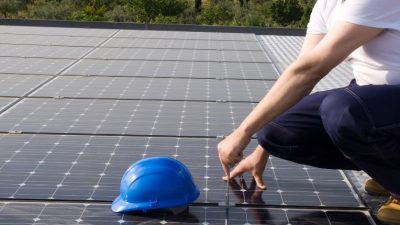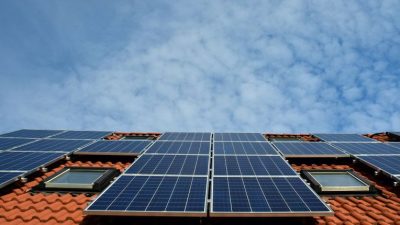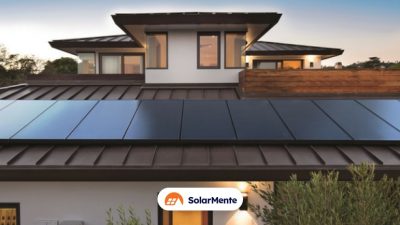And one of these possibilities is aerothermal energy with solar panels. How can you combine both installations to get the most out of this energy?
We explain it to you in this article, first explaining what aerothermal energy is and how to take advantage of it with a photovoltaic system, as well as its advantages and disadvantages.
Let’s take a look!
What is aerothermal energy and how does it work?
Let us explain. This system obtains heat from the air and transfers it through an internal circuit with coolant that is then directed towards the air-conditioning system, whether we are talking about radiators, water heaters or underfloor heating, among others.
Nowadays, heat pumps are the most efficient system available for heating or cooling a home.
They produce domestic hot water (DHW), as well as heating and cooling a home, providing savings of up to 75% compared to traditional systems.
As for its COP performance (coefficient of operation or coefficient of performance of a heat pump), it is very high since for every kWh it consumes, it generates 4 thermal kWh.
Aerothermal applications: how can I take advantage of it?
- Aerothermal in radiators. It can be combined with the conventional heating installation to take advantage of the benefits of aerothermal energy, which does not need a very high temperature to generate hot water.
- Underfloor heating. Thanks to aerothermal energy, the heat pump can heat the water up to a temperature of between 50ºC and 55ºC. And in summer you can also take advantage of it by lowering the temperature to 15ºC. It is a way of keeping the house cool without having to consume excessive energy with air conditioning.
- Aerothermics and fan coils (or fan coils). Its procedure has similar functions to air conditioning and consists of a coil with water plus a fan. Depending on the degree of the water, aerothermics will heat or cool the room faster than conventional systems.
Combining aerothermal and solar panels: is this possible?
Advantages and disadvantages of aerothermics with solar panels
Combined they are an example of autonomy in energy generation. The aerothermal system covers the thermal needs of your home and the photovoltaic system assumes the electrical costs required for the operation of the heat pump.
The installation of aerothermal energy with solar panels is an efficient combination that makes the most of the electrical energy generated from renewable sources.
As in any situation, it is necessary to analyse the advantages and disadvantages of combining these technologies.
However, we can tell you that the benefits far outweigh the disadvantages.
How about taking a look?
6 advantages of combining aerothermal energy and photovoltaic solar energy
- Solar panels allow us to produce part of the electrical energy necessary for the aerothermal system to work and produce hot water.
- The maintenance of solar panels and aerothermal equipment is minimal.
- Aerothermal energy is a renewable source as 75% of the energy comes from the air.
- Increase your energy savings.
- The use of photovoltaic energy increases the performance of the installation with the production of DHW by up to 80% more than if we use solar thermal panels.
- By having a programmable consumption, the combination of both technologies will benefit the system because they can be organised with the hours of greater light so that the solar panels produce more electrical energy.
Disadvantages of aerothermal with solar panels
- The investment cost is high.
- The components of both installations require space.
- Aerothermal energy in geographical areas with very low temperatures reduces the performance of the system.














